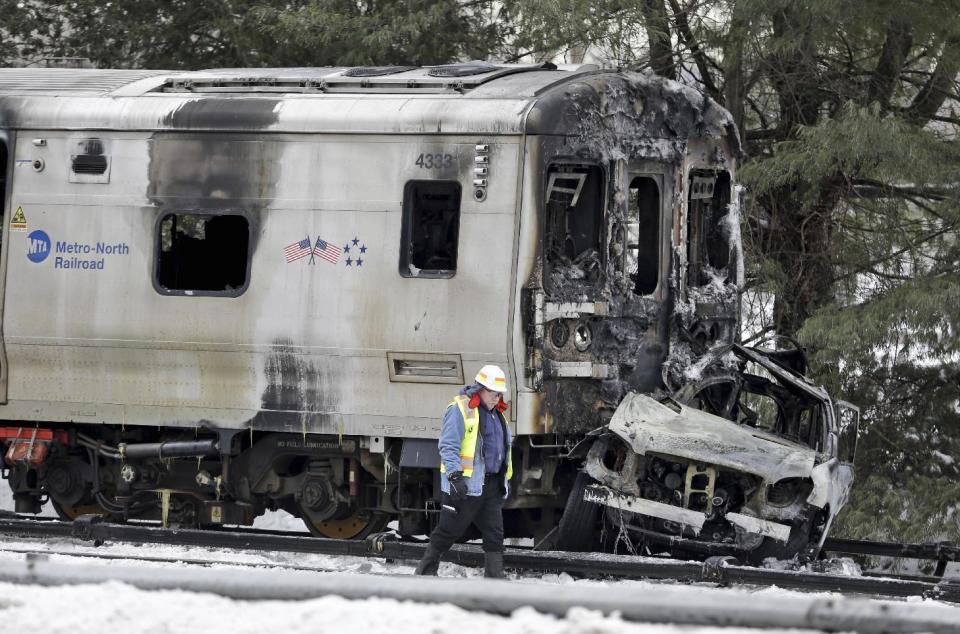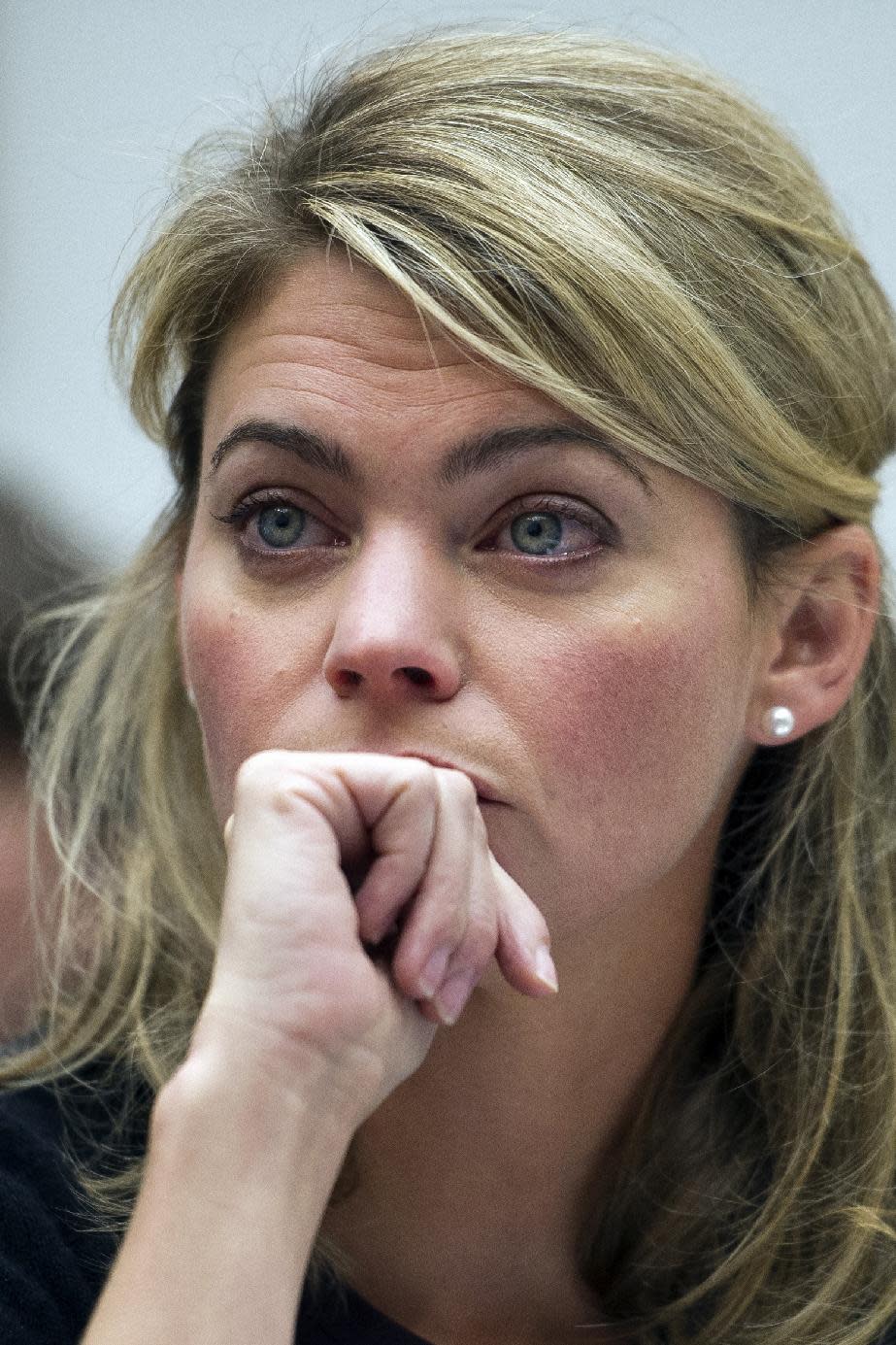Exiting rail safety chief looks to technology to save lives
PHILADELPHIA (AP) — Sarah Feinberg was on the job as the nation's chief railroad regulator for just three weeks when a packed commuter train slammed into an SUV stopped on tracks north of New York City, killing six people.
The February 2015 crash highlighted a problem that has plagued the railroad industry since the invention of the automobile: the potential for danger wherever tracks and roads meet.
Feinberg, a former Obama White House adviser whose lack of railroad industry experience drew criticism early on, sought a new approach to safety at the nation's 240,000 railway crossings. Signs, gates, bells and lights were fine where rail crossings had them, but what about using technology to empower motorists and keep them from harm?
Feinberg, whose tenure as the Federal Railroad Administrator ends with Donald Trump's inauguration as president on Friday, embraced her outsider status in the entrenched, slow-to-evolve world of railroading.
That meant not getting bogged down in past practice, the 39-year-old West Virginia native said, and not shying away from holding railroads accountable for wrongdoing. During Feinberg's tenure, the Federal Railroad Administration has aggressively policed safety violations, closing cases at a higher rate and collecting more fine money per year than her predecessors.
"There were a lot of potential improvements that would only come to fruition if the industry chose to embrace technology and safety improvements, and if the regulator chose to force their hand a bit," Feinberg said in a recent interview. "That's the moment we walked into."
U.S. Sen. Richard Blumenthal, who criticized the FRA under previous administrators as a "rogue agency" beholden to the railroad industry, praised Feinberg's "fresh approach" to the role.
"She demonstrated a true willingness to work together and focused much-needed attention on the problem of dangerous grade crossings," said Blumenthal, a Democrat representing Connecticut.
Three months after the New York crash, when an Amtrak train derailed in Philadelphia, killing eight people, Feinberg pressed the railroads to hasten the installation of automated speed controls that had been available for years.
When the industry convinced Congress to postpone the installation deadline until the end of 2018, Feinberg fought back and said she would not accept further delays. To keep the pressure up, she had the FRA post quarterly updates to its website on each railroad's progress.
As oil trains continued to derail and catch fire, Feinberg again turned to technology, championing modern electronic braking systems. And, with a link between recent commuter train crashes and sleep apnea becoming clearer, Feinberg issued a safety advisory urging railroads to test engineers for the dangerous, fatigue-inducing disorder.
"The most important development that we've seen over the last few years is there's now a public expectation for safety improvements in the rail industry," Feinberg said.
As she leaves office, Feinberg is seeing results from the new approach to rail crossings she embraced in her first weeks on the job. Technology companies have started adding railway crossing locations to GPS devices and mapping applications, warning motorists as they approach.
"That just seemed like common sense," Feinberg said. "It's a good example of, even when safety challenges and problems have been with us for a long time, you have to think about them in new and creative ways."
Other safety initiatives are a work in progress, with Feinberg's yet-to-be-named successor left to shape the future of rail travel. There's the looming, $120 billion redesign of the busy Northeast Corridor, planned high-speed service in Florida, Texas and California and aging infrastructure that'll need billions in repairs.
Trump, a Republican, has proposed spending $1 trillion on infrastructure, but his transition team has not discussed specifics about how that will apply to rail travel.
At her confirmation hearing, Trump's Transportation Secretary nominee, Elaine Chao, was non-committal on the deadline for installing speed controls saying she needed a briefing on the technology before answering.
Patrick Warren, the FRA's acting executive director, will become acting administrator until Trump appoints a replacement for Feinberg. Senate Minority Leader Chuck Schumer, the New York Democrat who has been vocal on rail issues, called on Trump to appoint someone who "prioritizes safety as much as" Feinberg.
"Certainly the incoming administrator's priorities matter, because that's the direction the agency tends to move in," Feinberg said. "But, FRA has always been a safety agency. It has always been staffed by safety experts and I know that the team will continue the safety work no matter who's leading it."

 Yahoo Finance
Yahoo Finance 









